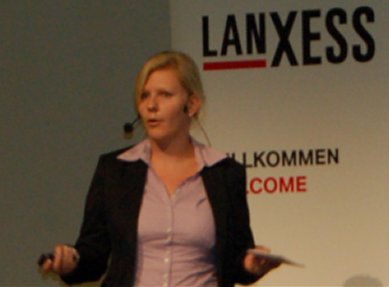The growth of micro-organisms, including bacteria, fungi and algae, leads to fouling of paint in the container. If the polluting stain is known, a biocide can be added. Current methods of identification require cultivation and separation of the colonies. This can introduce unintentional bias towards the strains that thrive under the conditions employed.
Monika Lamoratta and team, Lanxess, Germany, have developed a method to identify bacterial strains without the need to culture the sample first. They isolated DNA directly from the spoiled product and applied a denaturing gradient gel electrophoreses (DGGE) technique. DGGE uses a urea/formamide gradient to sort the DNA fragments by melting temperature, which is sequence dependent. The fragments can then be sequenced and identified using standard methods.
Two bacterial strains were separated and identified from a paint sample, while five were isolated with genotypical methods. Lamoratta notes that paint may be dominated by these two strains and cultivation encourages strains that would otherwise be dormant, playing no role in paint degradation. Lamoratta now hopes to apply this technique to other products and organism types.
- Monika Lamoratta, lecture “Invisible Danger –- Method for Identification of Bacterial Communities in Industrial Products” given at 3rd EuCheMS Congress, September 2010.
- LANXESS




